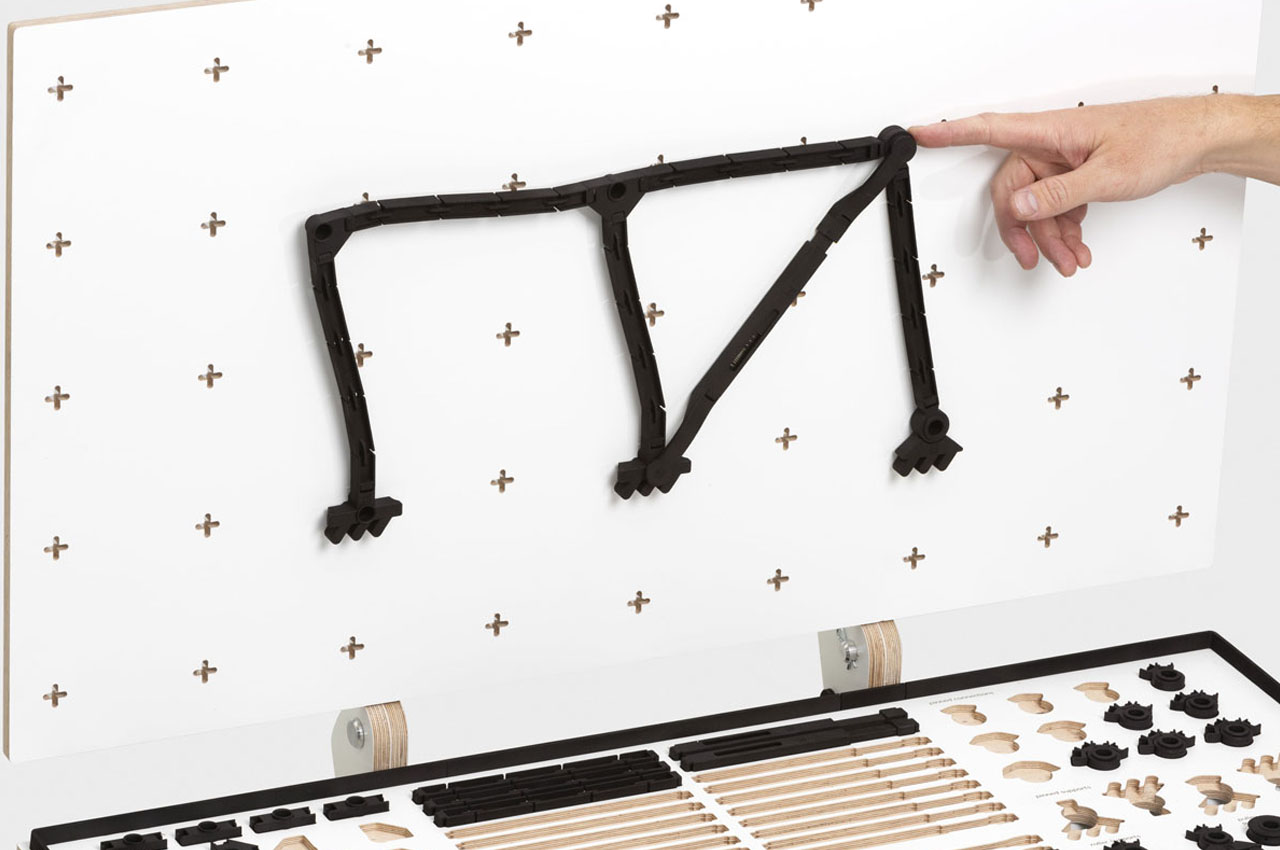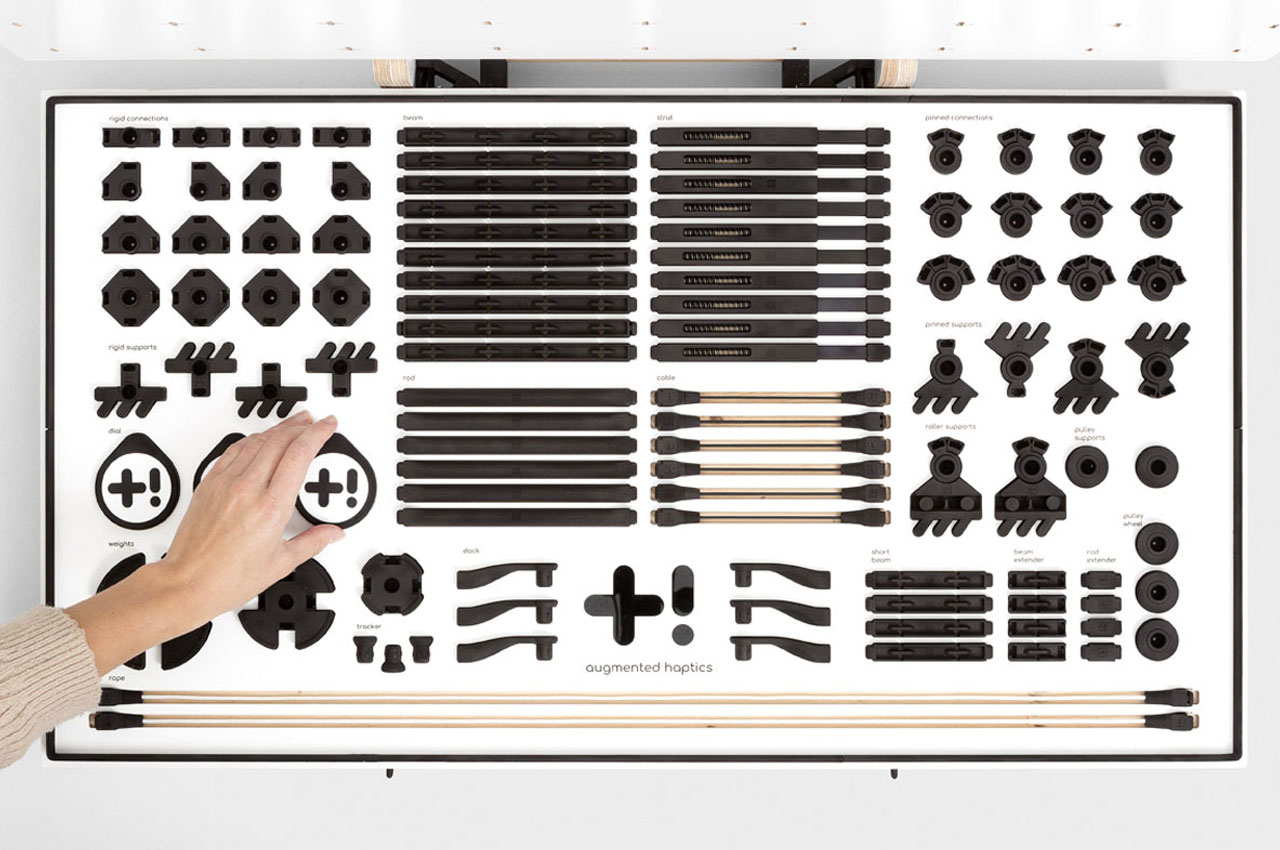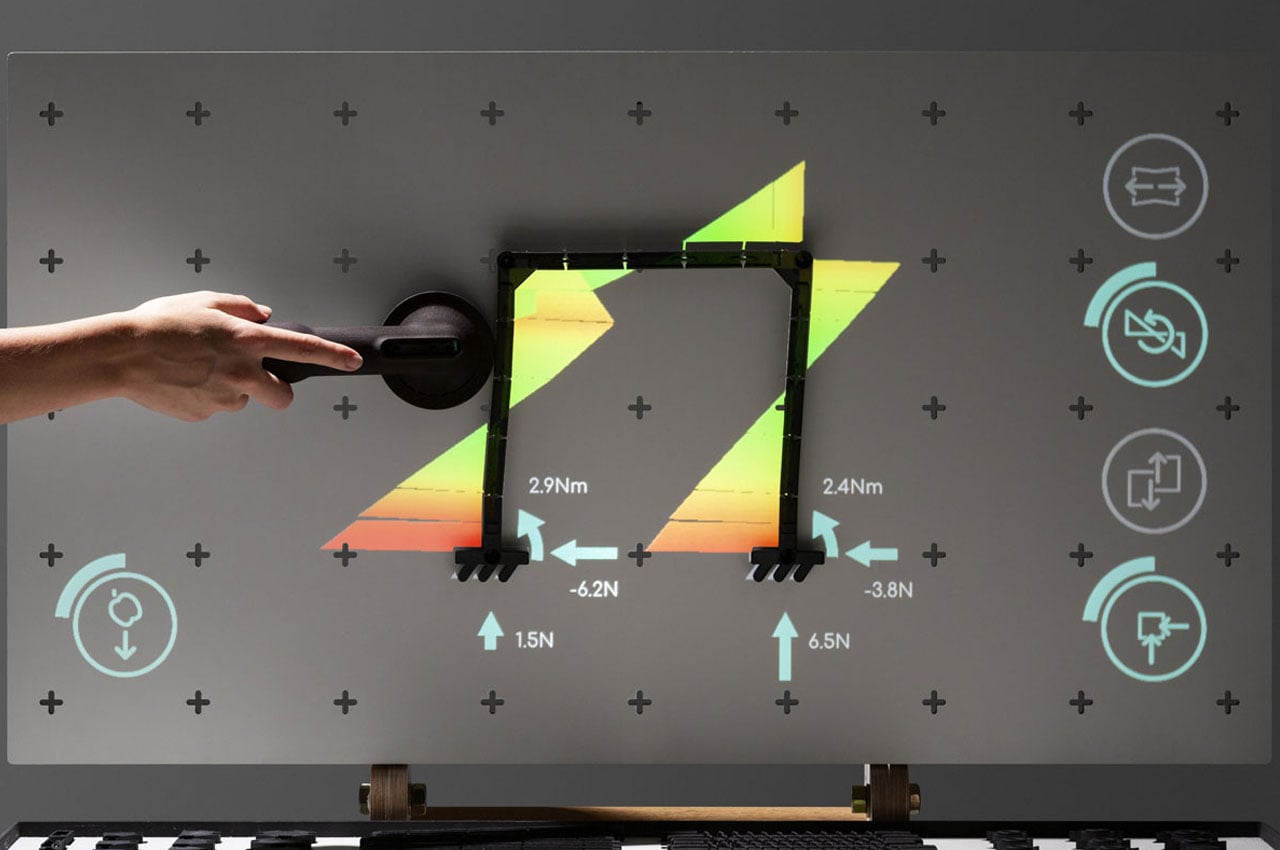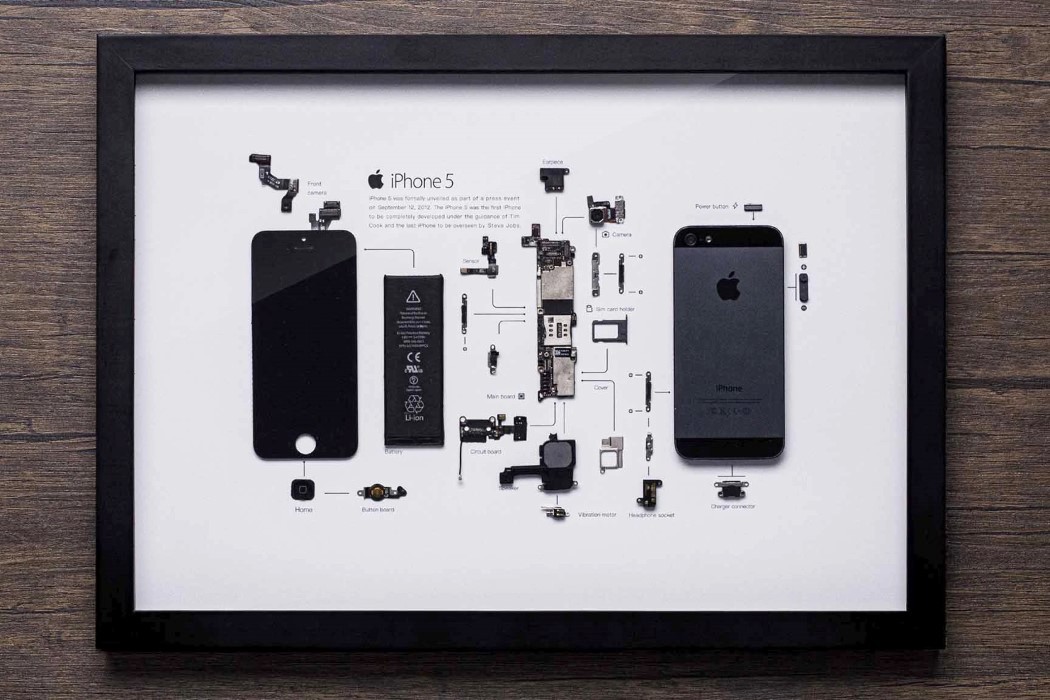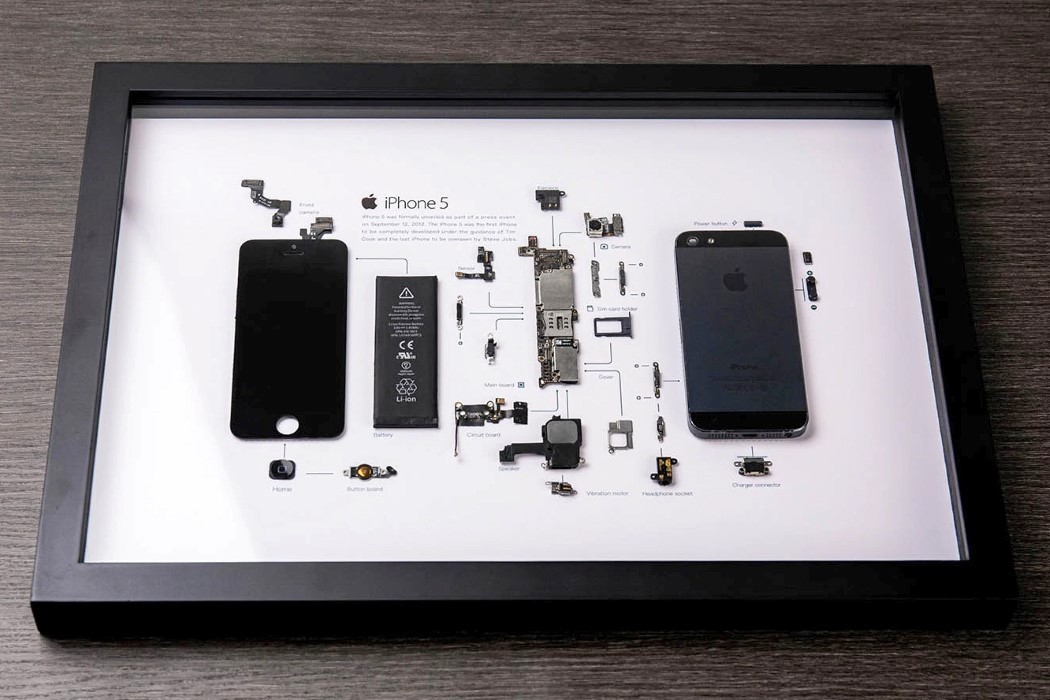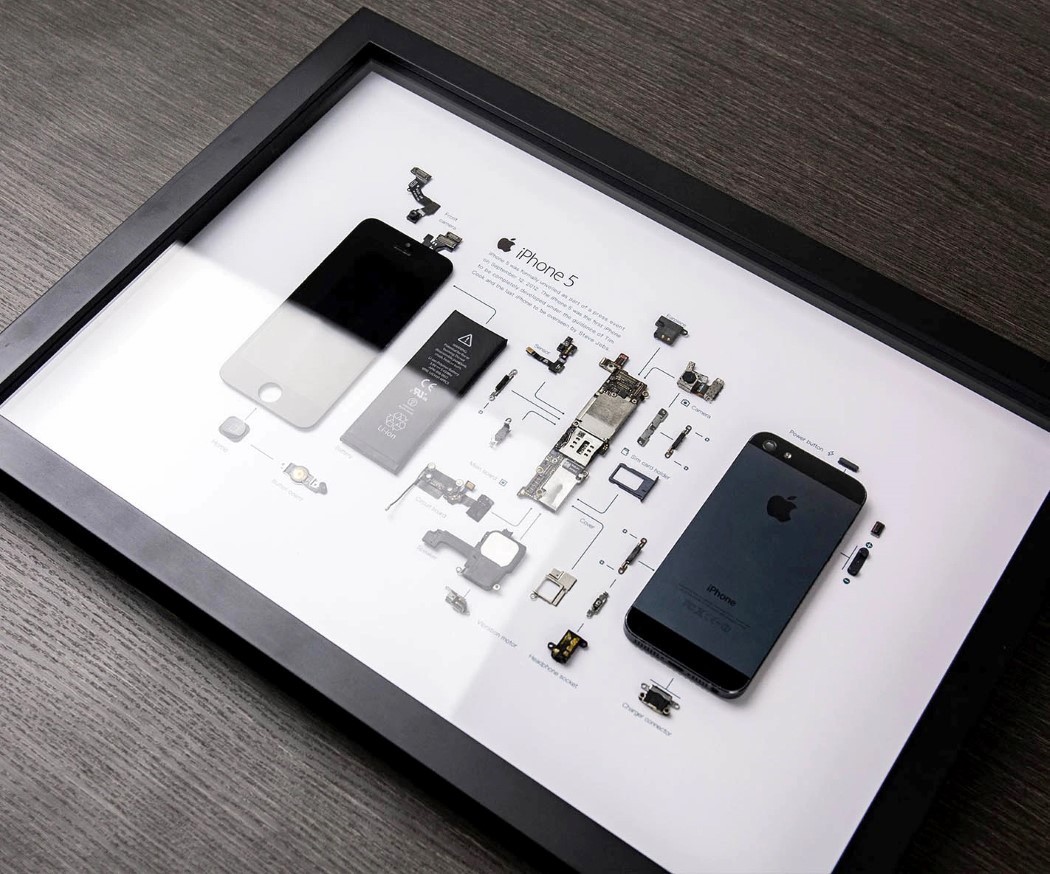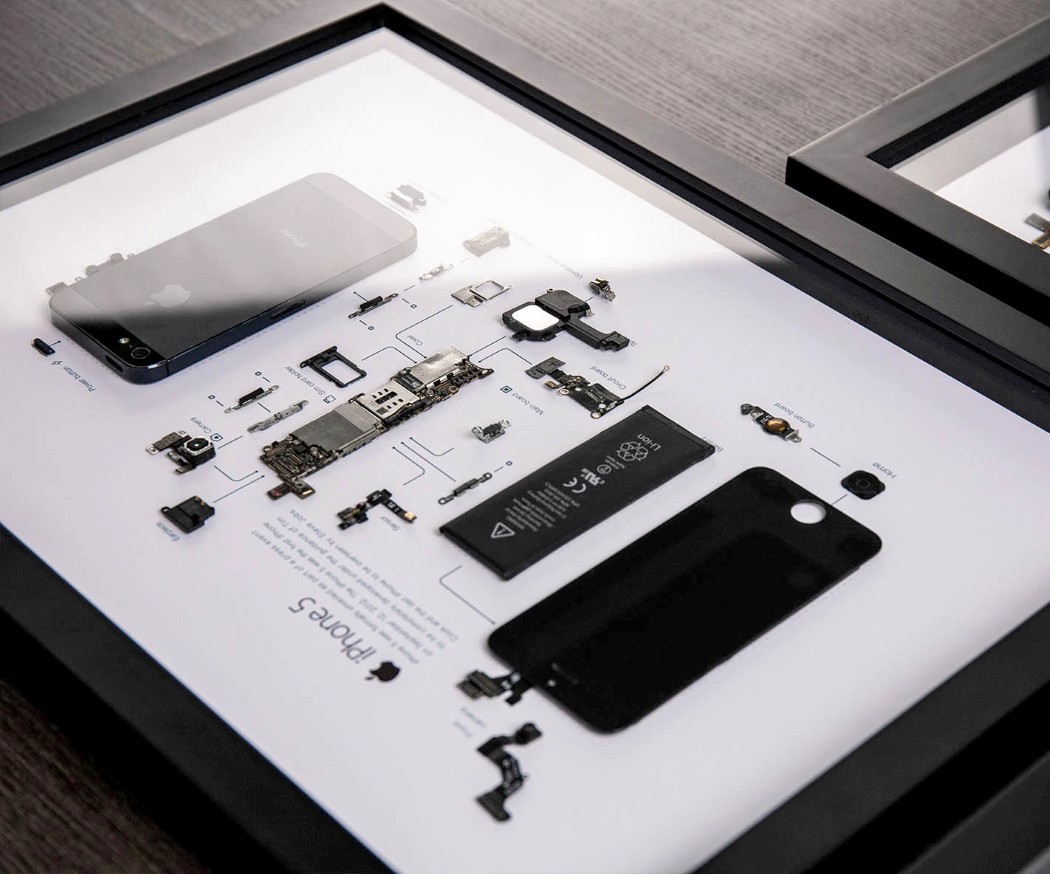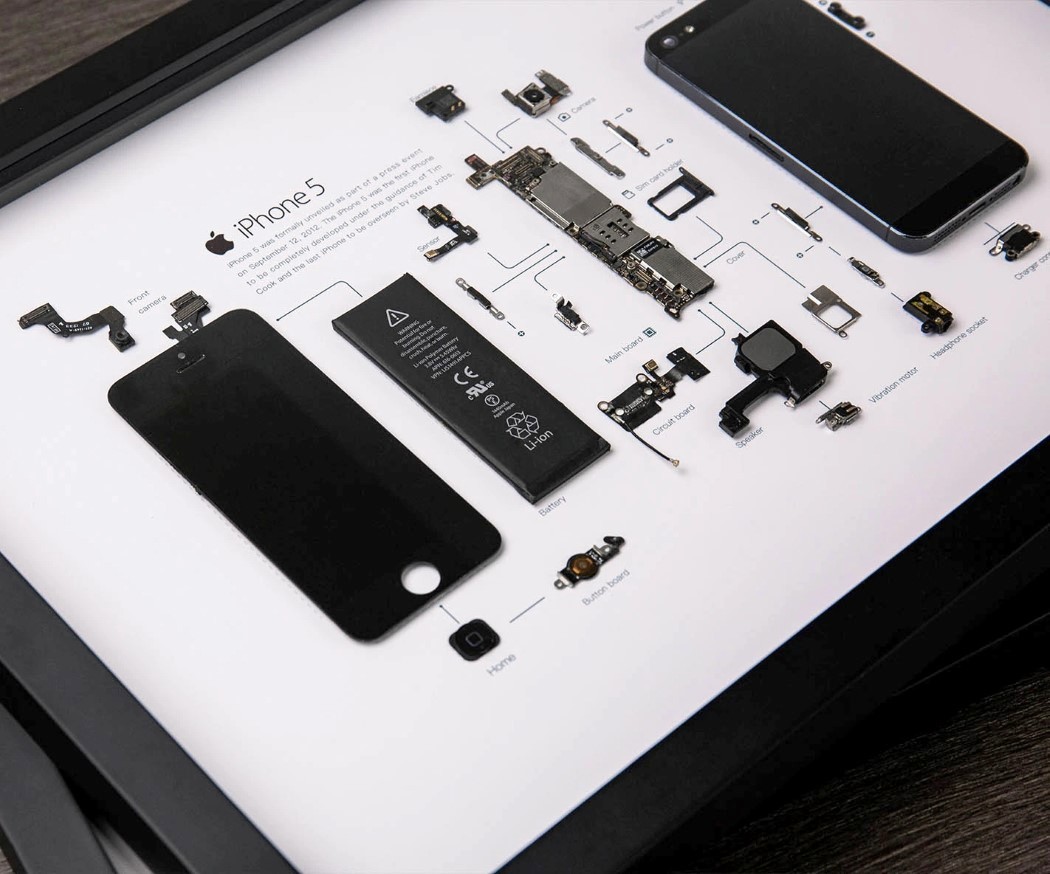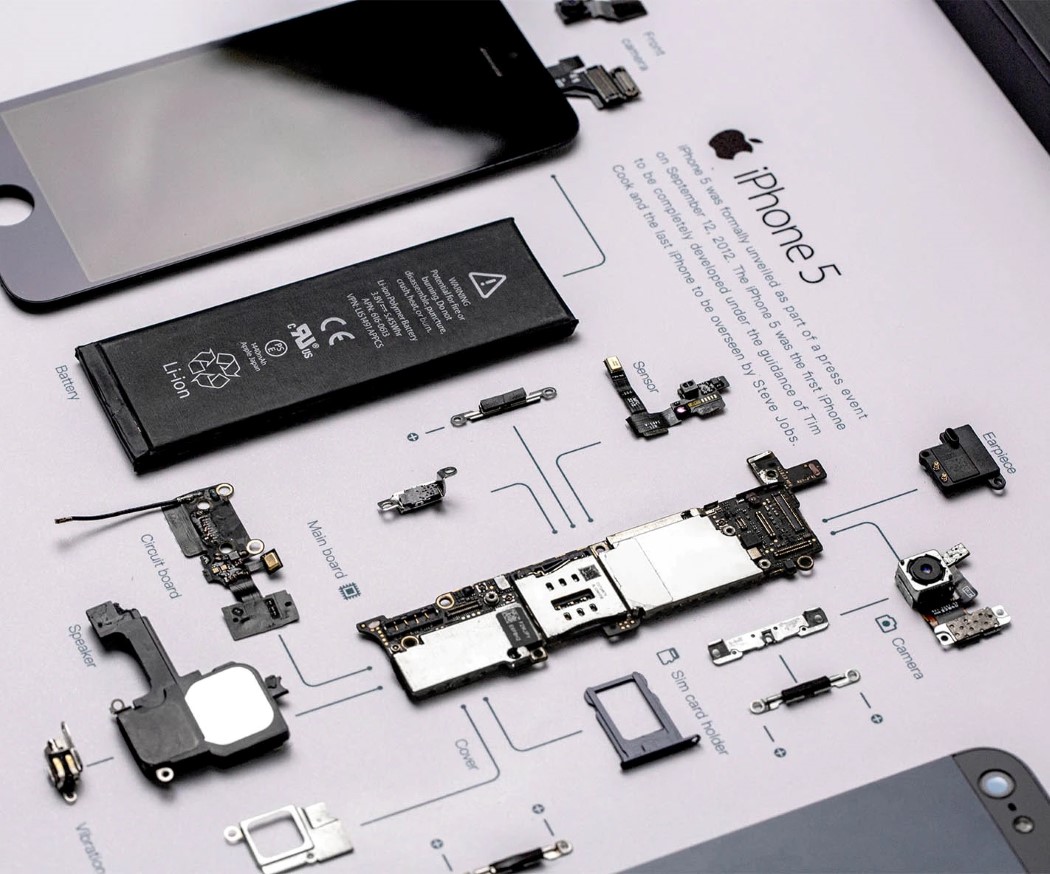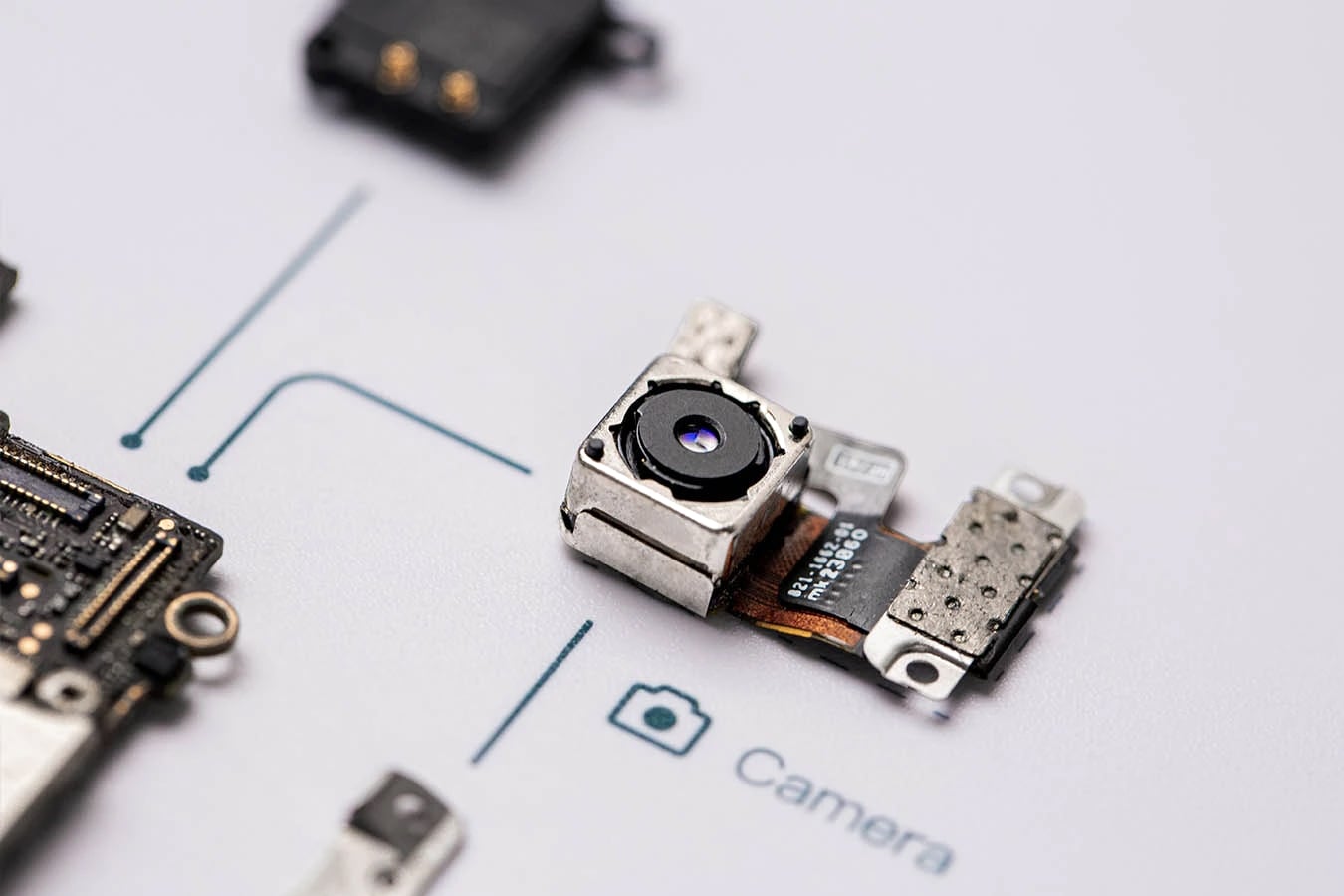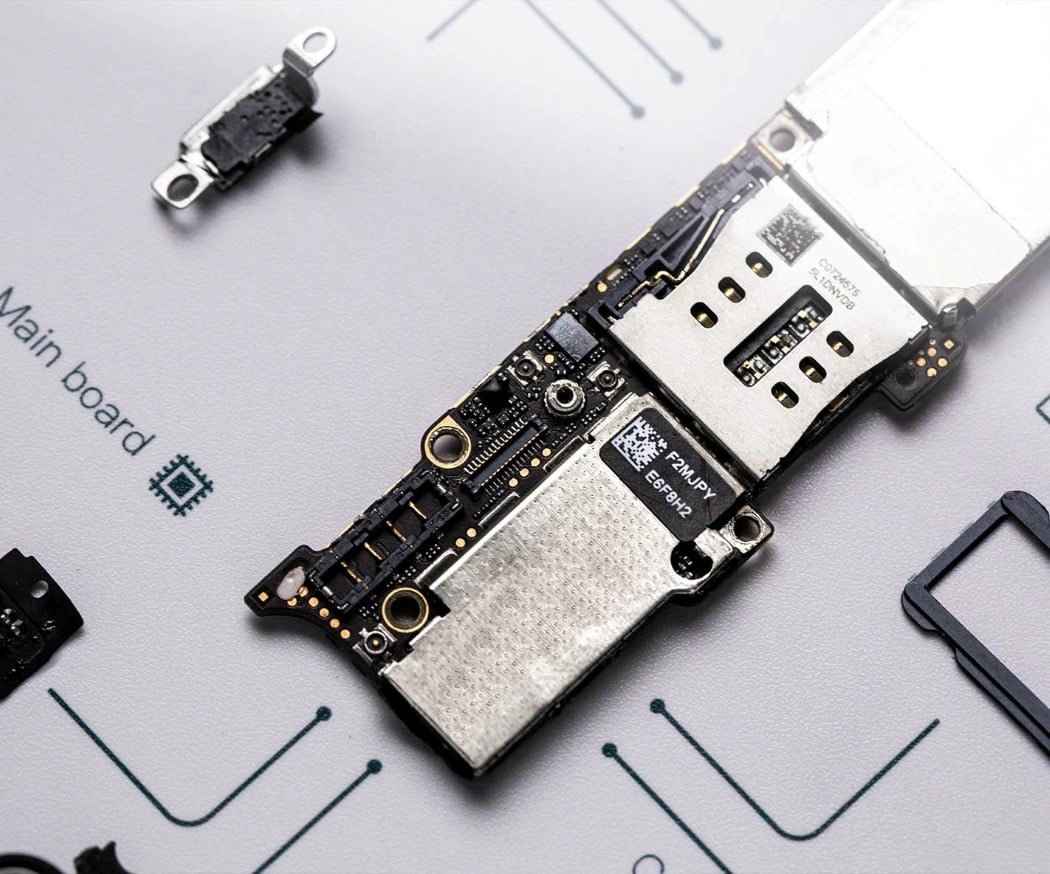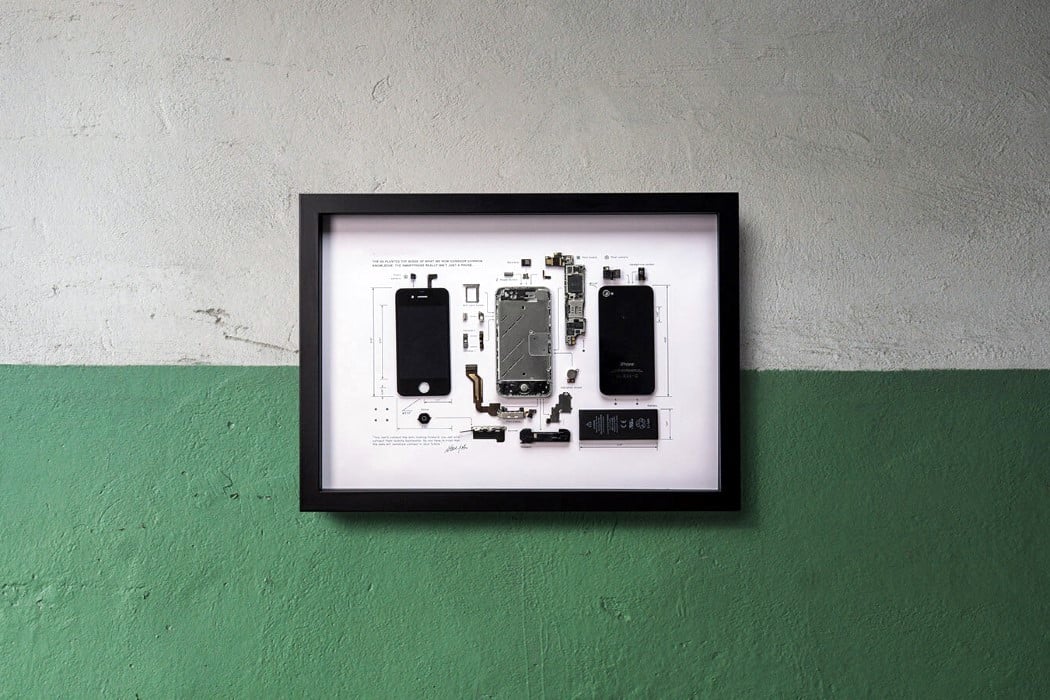It took NASA and its partners nearly four dozen trips between 1998 and 2010 to haul the roughly 900,000 pounds worth of various modules into orbit that make up the $100 billion International Space Station. But come the end of this decade, more than 30 years after the first ISS component broke atmosphere, the ISS will reach the end of its venerable service life and be decommissioned in favor of a new, privately-operated cadre of orbital research stations.
The problem NASA faces is what to do with the ISS once it’s been officially shuttered, because it’s not like we can just leave it where it is. Without regular shipments of propellant reactant to keep the station on course, the ISS’ orbit would eventually degrade to the point where it’s forward momentum would be insufficient to overcome the effects of atmospheric drag, subsequently plummeting back to Earth. So, rather than wait for the ISS to de-orbit on its own, or leave it in place for the Russians to use as target practice, NASA will instead cast down the station from upon high like Vader did Palpatine.
NASA is no stranger to getting rid of refuse via atmospheric incineration. The space agency has long relied on it in order to dispose of trash, expended launch vehicles, and derelict satellites. Both America’s Skylab and Russia’s Mir space stations were decommissioned in this manner.
Skylab was America’s first space station, for the whole 24 weeks it was in use. When the final 3-astronaut crew departed in early 1974, the station was boosted one last time to 6.8 miles further out in a 289-mile graveyard orbit. It was expected to remain there until the 1980s when increased solar activity from the waxing 11-year solar cycle would eventually drag it down into a fiery reentry. However, astronomers miscalculated the relative strength of that solar event, which pushed up Skylab’s demise to 1979.
In 1978, NASA toyed with the idea of using its soon-to-be-completed Space Shuttle to help boost Skylab into a higher orbit but abandoned the plan when it became clear that the Shuttle wouldn’t be finished in time, given the accelerated reentry timetable. The agency also rejected a proposal to blow the station up with missiles while still in orbit. The station eventually came down on July 11th, 1979, though it didn’t burn up in the atmosphere as quickly as NASA had predicted. This caused some rather large pieces of debris to overshoot the intended Indian Ocean target South-Southeast of South Africa and instead land in Perth, Australia. Despite NASA’s calculations of a 1 in 152 chance that a piece of the lab could hit someone during its de-orbit, no injuries were reported.
Mir's deorbit went much more smoothly. After 15 years of service it was brought down on March 23rd, 2001, in three stages. First, its orbit was allowed to degrade to an altitude of 140 miles. Then, the Progress M1-5 spacecraft — basically an attachable rocket designed specifically to help deorbit the station — docked with the Mir. It subsequently lit its engine for a little over 22 minutes to precisely put the Mir down over a distant expanse of the Pacific Ocean, east of Fiji.
As for the ISS’ oncoming demise, NASA has a plan — or at least a pretty good idea — for what’s going to happen. "We've done a lot of studies," Kirk Shireman, deputy manager of NASA's space station program, told Space.com in 2011. "We have found an orbit and a change in velocity that we believe is achievable, and it creates a debris footprint that’s all in water in an unpopulated area."
According to NASA standards — specifically NASA-STD-8719.14A, Process for Limiting Orbital Debris — the risk of human casualty on the ground is limited to less than 1 in 10,000 (< 0.0001). However, a 1998 study conducted by the ISS Mission Integration Office discovered that an uncontrolled reentry would carry an unacceptable casualty probability of between .024 to .077 (2 in 100 to 8 in 100). A number of controllable decommissioning alternatives have been discussed over the decades, including boosting the ISS farther into orbit in the event of an unexpected evacuation of the station’s crew.
"We've been working on plans and update the plans periodically," Shireman continued. "We don’t want to ever be in a position where we couldn’t safely deorbit the station. It's been a part of the program from the very beginning."
Beginning about a year before the planned decommissioning date, NASA will allow the ISS to begin degrading from its normal 240-mile high orbit and send up an uncrewed space vehicle (USV) to dock with the station and help propel it back Earthward. The ultimate crew from the ISS will evacuate just before the station hits an altitude of 115 miles, at which point the attached USV will fire its rockets in a series of deorbital burns to set the station into a capture trajectory over the Pacific Ocean.
NASA has not yet settled on which USV will be employed. A 2019 plan approved by NASA’s safety council, ASAP, relied on Roscosmos to outfit and send up another Progress spacecraft to do what it did for the Mir. However, that vehicle might not actually be available when the ISS is set to come down because Russia’s commitment to the ISS program terminates in 2024. In April of last year, Russian state media began making noise that the country would abandon the station entirely by 2025, potentially stripping parts from this station to reuse in its upcoming national station and leaving the ISS without a reliable way to break orbit. The ESA’s Automated Transfer Vehicle or NASA's Orion Multi-Purpose Crew Vehicle, though still in development, are both potential alternatives to the Progress.
“NASA is continuing to work with its international partners to ensure a safe deorbit plan of the station and is considering a number of options," spokeswoman Leah Cheshier told UPI via email in 2021, declining to elaborate on what those options might entail but adding that any deorbiting mission would be "shared by the ISS partnership and is negotiation-sensitive at this time."
The fall of the ISS is sure to be a spectacle on par with the international hubbub surrounding Skylab’s demise, but is still nearly a decade away and there is plenty of science still left to do. According to the January 2022 International Space Station Transition report:
The ISS is now entering its third and most productive decade of utilization, including research advancement, commercial value, and global partnership. The first decade of ISS was dedicated to assembly, and the second was devoted to research and technology development and learning how to conduct these activities most effectively in space. The third decade is one in which NASA aims to verify exploration and human research technologies to support deep space exploration, continue to return medical and environmental benefits to humanity, continue to demonstrate U.S. leadership in LEO through international partnerships, and lay the groundwork for a commercial future in LEO.
More than half of the experiments performed aboard the ISS nowadays are for non-NASA users, according to the report — including nearly two dozen commercial facilities — “hundreds of experiments from other government agencies, academia, and commercial users to return benefits to people and industry on the ground.” This influx of orbital commercial activity is expected — and being actively encouraged — to further increase over the next few years until humanity can collectively realize Jeff Bezos’ dream of building a low Earth orbit mixed-use business park.



